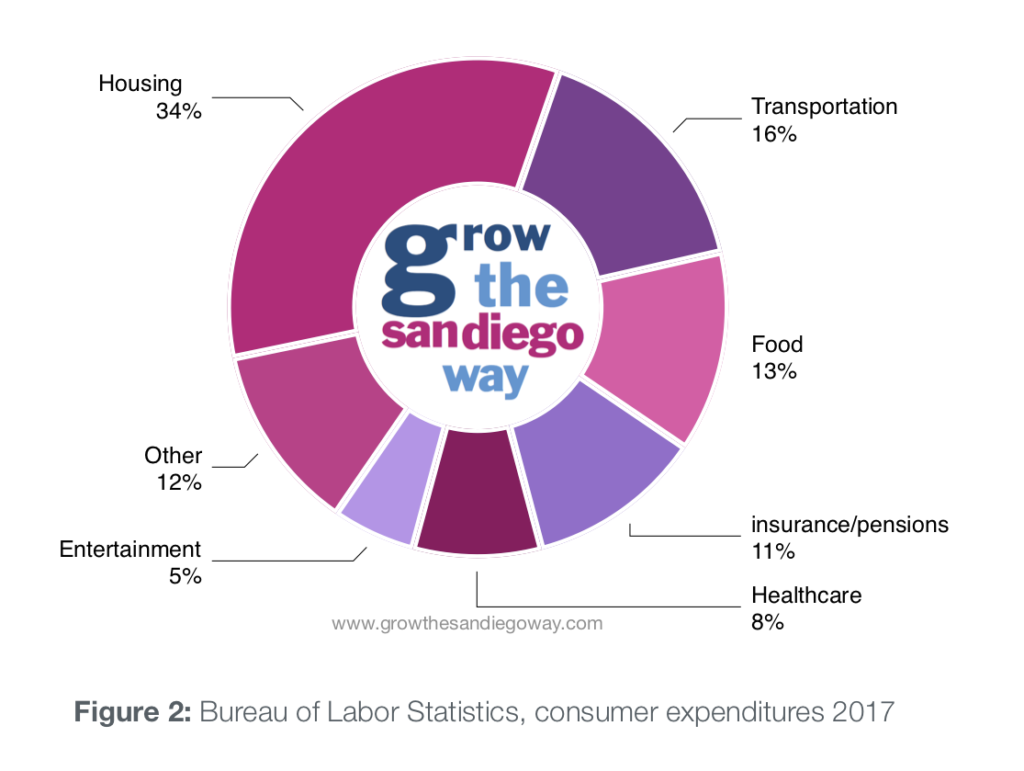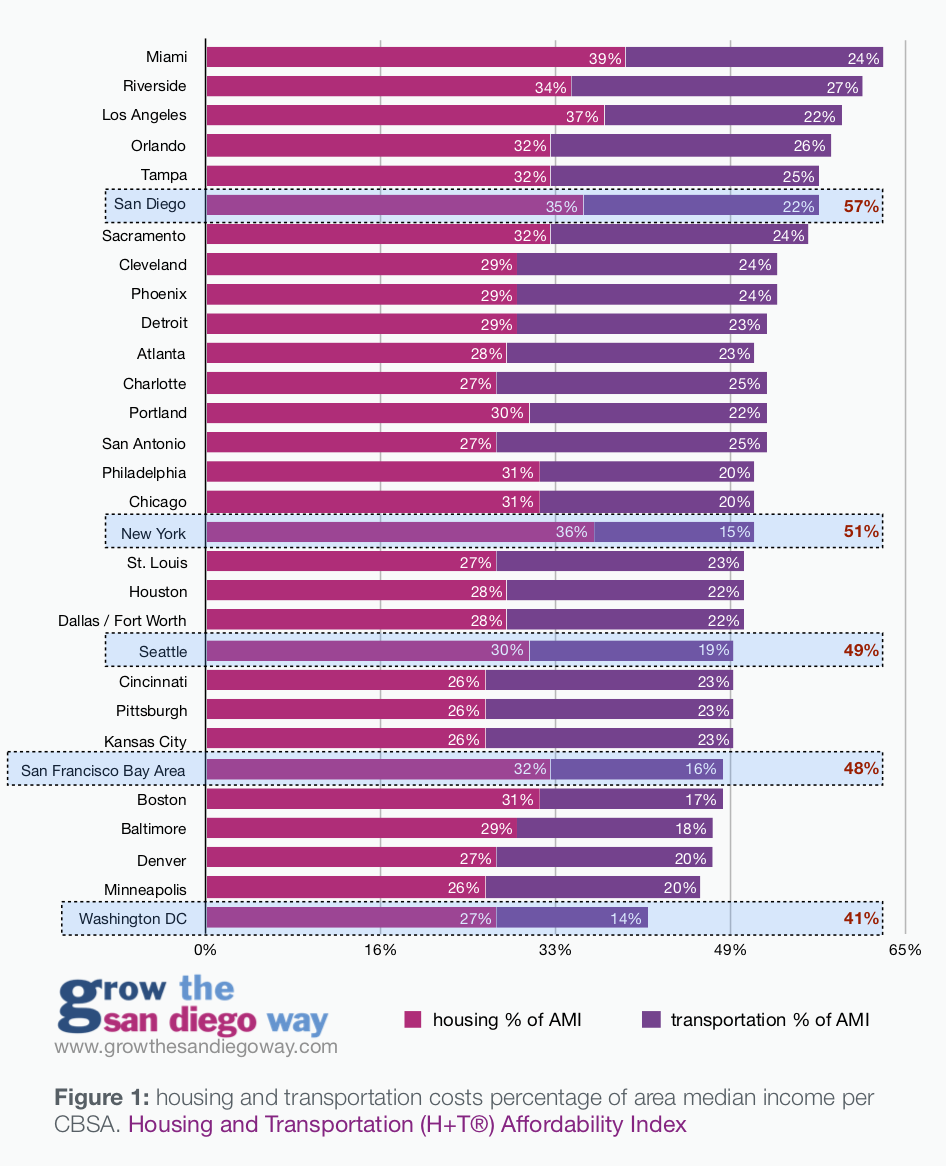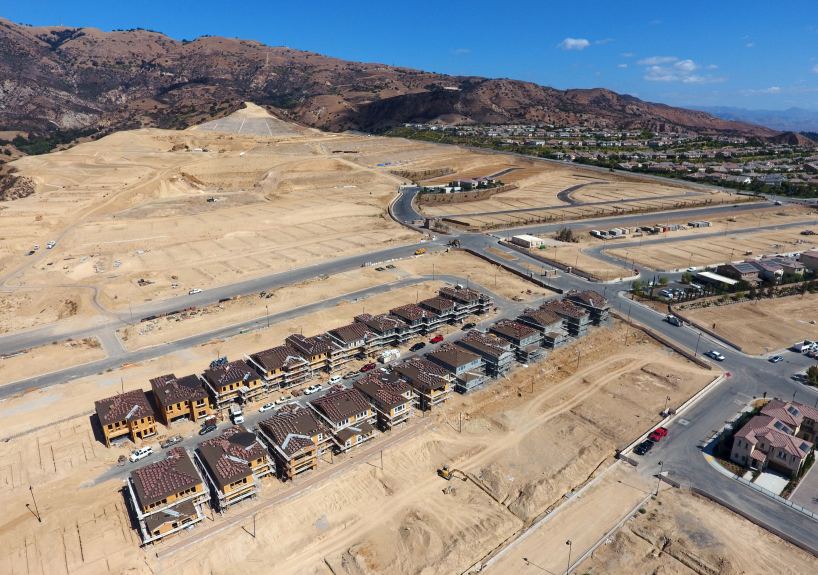Missing in the conversation of whether or not regions should invest in transit is how land use and transportation costs are intrinsically linked.
Housing burden is what we focus on in housing discussions when the topic of affordability comes into play. A household is considered burdened when they spend more than 30% of their income on housing. The next largest expenditure in a household is often transportation, which is between 15% and 30% of household expenses. How much a household spends on transportation is directly correlated to how car-dependent the city they live is.

As proximity to jobs and urban centers often means higher housing costs, people who live in a metropolitan area often “drive until its affordable.” The problem with this strategy is that the further you drive, the higher your transportation costs to the point where any gains from being in remote areas are offset by the increased transportation costs which include gas, vehicle payments, maintenance and insurance. Transportation costs are considered a burden when they exceed 15% of the household budget. For the San Diego region, it averages 22% according to the Center for Neighborhood Technology.
Combining both measures, housing + transportation affordability gives a truer measure of how burdened households are in a given city. The folks at the Center for Neighborhood Technology has developed an index known as the h+t index to give planners a more comprehensive view on housing burden. Because the average household has 1.79 cars and drives about 20,000 miles per year, the transportation burden for San Diegans is about 150% of what is considered reasonable. For comparison’s sake, in the New York/NJ area, people drive an average of about 13,000 and in New York City, it is 5,200 miles with a transportation cost burden of 50% of what is considered reasonable. That is why New York is more affordable than San Diego when you combine housing and transportation costs—as are most of the cities with established transit systems. That is why San Diego is the 6th least affordable city to live in, whereas New York is much higher up on the affordability metric out of the 30 largest metros in the country.
Building more housing closer to jobs and providing a solid transit network have an overall positive effect on affordability.

JOIN OUR MAILING LIST TO BE KEPT UP TO DATE ON THE LATEST IN SAN DIEGO LAND USE AND HOUSING ANALYSIS


